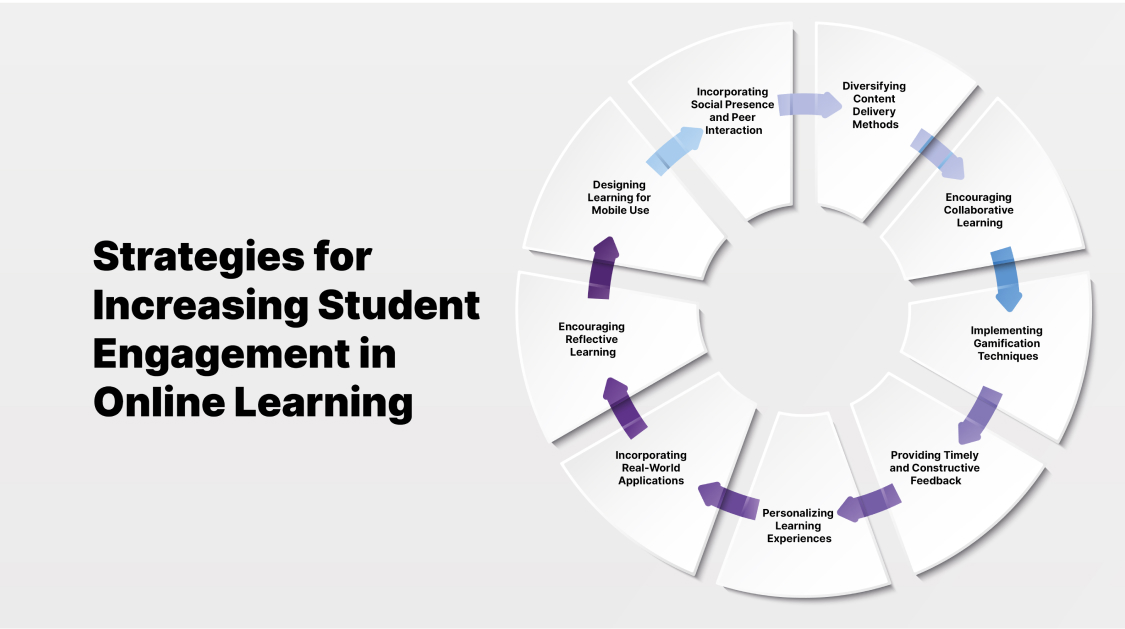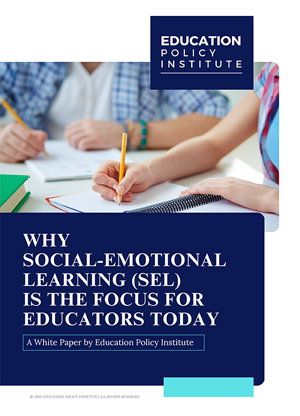In the rapidly evolving landscape of education, online learning has emerged as a pivotal mode of instruction, offering unparalleled flexibility and accessibility to a diverse student population. This shift has been accelerated by global events and technological advancements, necessitating a revaluation of traditional teaching methodologies. While online education presents numerous opportunities, it also introduces unique challenges, particularly in maintaining student engagement. The absence of physical interaction, potential technological barriers, and the myriad distractions inherent in remote settings can hinder active participation and diminish the overall learning experience. Therefore, it is imperative for educators and institutions to implement effective strategies that not only captivate students' attention but also promote sustained involvement and academic success in virtual environments.
The Rise in Online Learning
Over the past decade, online learning has rapidly evolved from a niche alternative to a mainstream educational model. Advancements in technology, the widespread availability of digital tools, and increasing internet access have significantly contributed to this shift. The integration of cloud-based platforms, video conferencing tools, and mobile learning apps has enabled institutions to expand their reach and offer scalable solutions. In addition, improvements in learning management systems (LMS) have made it easier to design, deliver, and monitor online courses across diverse disciplines and audiences.
The growing popularity of online education is also driven by the increasing demand for lifelong learning, especially in the professional world. Learners now seek flexible opportunities that fit around work and personal commitments, and online platforms make this possible. From self-paced modules to interactive live sessions, digital learning environments have diversified and matured. In parallel, the rise of AI, data analytics, and immersive technologies like AR and VR have further enhanced online learning experiences, making them more engaging and responsive to individual needs. As a result, what was once considered a backup option is now seen as a valuable complement—or even a replacement—for traditional classroom learning in many contexts.
Strategies for Increasing Student Engagement in Online Learning
Keeping students actively involved in online learning requires more than just digital tools—it demands intentional, well-planned strategies. Below are some effective approaches that help create an engaging and meaningful virtual learning experience.

- Diversifying Content Delivery Methods
To cater to various learning preferences and prevent monotony, educators should employ a mix of content formats. Incorporating videos, podcasts, interactive simulations, and infographics can make complex topics more accessible and engaging. This multimodal approach not only addresses different learning styles but also breaks the monotony of text-heavy materials, thereby enhancing student interest and retention.
- Encouraging Collaborative Learning
Building a sense of community is vital in online education. Facilitating group projects, discussion forums, and peer review sessions can develop interaction and collective problem-solving. These collaborative activities not only enhance understanding but also help mitigate feelings of isolation by promoting peer-to-peer connections.
- Implementing Gamification Techniques
Integrating game elements such as points, badges, and leaderboards can transform the learning experience into an engaging and motivating journey. Gamification taps into intrinsic motivation by introducing challenges and rewards, making the educational process more enjoyable and encouraging active participation.
- Providing Timely and Constructive Feedback
Regular and prompt feedback is essential in online learning environments. Utilizing tools that offer immediate responses to quizzes and assignments helps students understand their progress and areas needing improvement. Constructive feedback reinforces learning objectives and demonstrates the instructor's commitment to student development.
- Personalizing Learning Experiences
Recognizing that each student has unique needs and paces of learning, personalized learning paths can significantly boost engagement. Adaptive technologies that adjust content difficulty based on performance, and offering choices in assignment topics or formats, empower students to take ownership of their education, leading to increased motivation and engagement.
- Incorporating Real-World Applications
Connecting theoretical knowledge to practical scenarios enhances relevance and engagement. Incorporating case studies, real-world problem-solving tasks, and guest speakers from relevant industries can provide context and demonstrate the applicability of course content, thereby increasing student interest and participation.
- Encouraging Reflective Learning
Creating opportunities for students to reflect on what they’ve learned enhances both understanding and retention. Incorporating short reflective journals, discussion boards, or video reflections can make students more mindful of their learning process and help them draw meaningful connections between lessons.
- Designing Learning for Mobile Use
With many students accessing courses via smartphones or tablets, it's essential to design materials that are mobile-friendly. Bite-sized lessons, responsive interfaces, and minimal text overload keep students engaged on the go and reduce friction that might discourage continued participation.
- Incorporating Social Presence and Peer Interaction
Creating opportunities for students to connect with peers builds a sense of belonging and reduces feelings of isolation. Structured group activities, peer reviews, and breakout sessions during live classes allow learners to collaborate, share insights, and stay motivated through collective learning. Establishing social presence also enables students to feel more comfortable participating actively.
Challenges in Increasing Student Engagement in Online Learning
Despite the implementation of various strategies, several challenges persist in engaging students within online learning environments:
- Technological Limitations: Not all students have access to reliable internet connections or up-to-date devices, which can hinder their ability to participate fully in online courses.
- Digital Literacy Variances: Students possess differing levels of comfort and proficiency with digital tools, potentially affecting their engagement and performance.
- Distractions and Time Management: The home environment may present numerous distractions, and without the structured schedule of traditional classrooms, some students may struggle with managing their time effectively.
- Lack of Immediate Support: In physical classrooms, students can readily seek clarification and assistance. Online settings may delay this support, leading to frustration and disengagement.
- Feelings of Isolation: The absence of face-to-face interactions can result in students feeling disconnected from their peers and instructors, negatively impacting their motivation and sense of belonging.
Conclusion
Enhancing student engagement in online learning requires a multifaceted approach that addresses the diverse needs and challenges inherent in virtual education. By diversifying content delivery, supporting collaboration, integrating gamification, providing timely feedback, personalizing learning experiences, and connecting content to real-world applications, educators can create dynamic and inclusive online learning environments. While challenges such as technological limitations and feelings of isolation persist, ongoing efforts to understand and mitigate these issues are essential. As online education continues to evolve, embracing innovative strategies and maintaining a student-centered focus will be key to ensuring that learners remain engaged, motivated, and successful.





